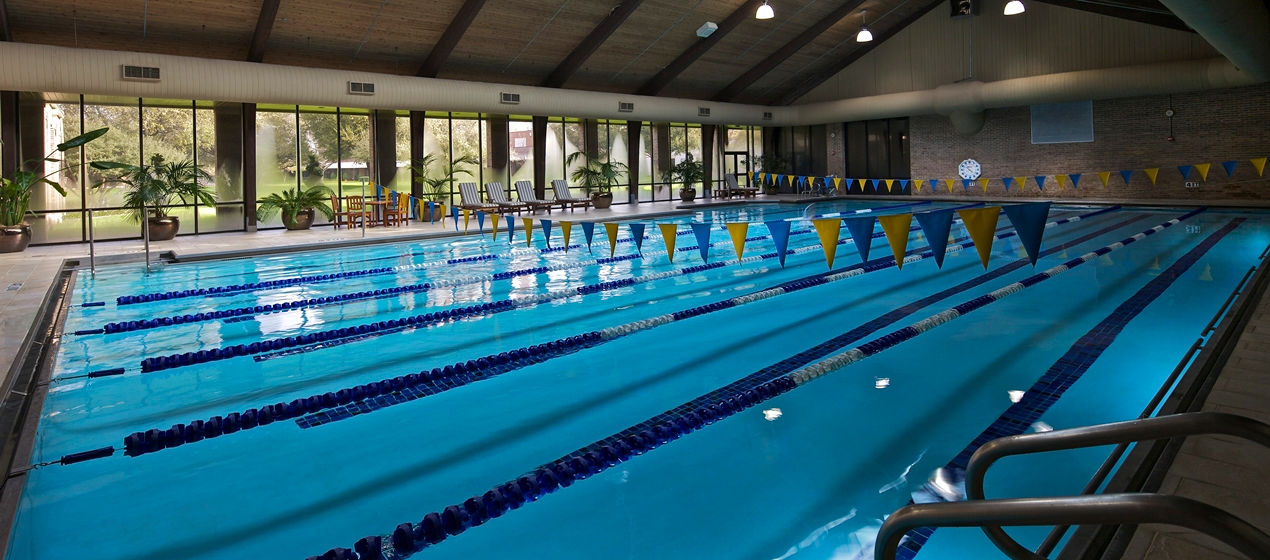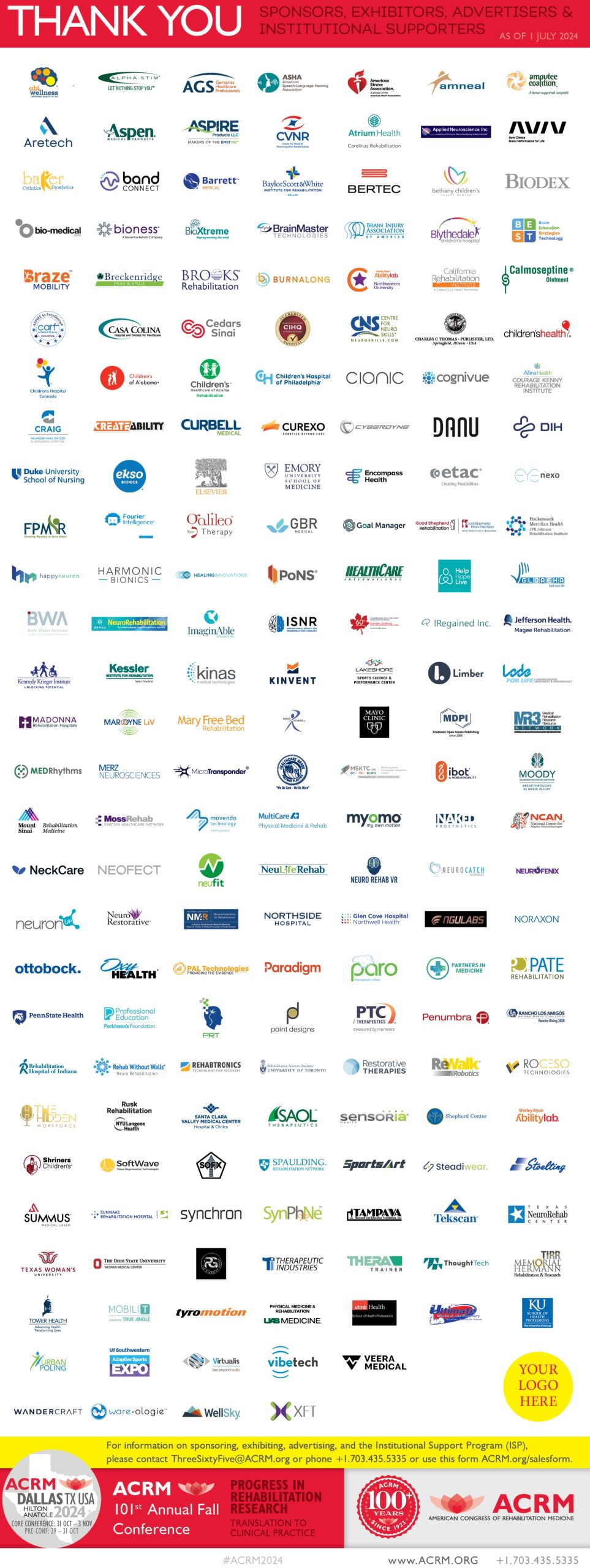Featured Sessions
The Program Committee has created exciting Featured Sessions for this year, offering a choice between two highly sought-after topics.
Aspiring to International Best Practice: Practical, Functional and Cultural Perspectives
Presenter
Phillip A. Morse, PhD, FACRM
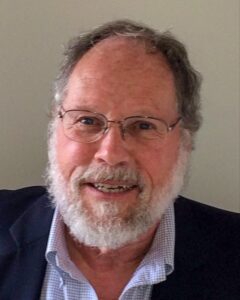 Professor II, Physiatrist
Professor II, Physiatrist
University of Oslo, Institute of Health & Society, Department of Nursing Science and Oslo University Hospital, Department of Physical Medicine and Rehabilitation, Oslo, Norway
Dr. Nada Andelic (MD, PhD) is a Prof. at the Research Centre for Habilitation and Rehabilitation Models and Services (CHARM), Institute of Health and Society, University of Oslo, a specialist in Physical Medicine and Rehabilitation and Head of Research and Development, the Department of Physical Medicine and Rehabilitation, Oslo University Hospital, Oslo, Norway. Her main research areas are epidemiology and risk factors of traumatic brain injury (TBI) and multiple traumas, short and long-term functional outcomes and health-related quality of life, health-care and rehabilitation services, rehabilitation trajectories, complex interventions, and cost-effectiveness of rehabilitation. She has numerous peer-reviewed research articles and serves as peer reviewer for numbers of international journals and Research Granting Agencies worldwide.
Teacher/mentor, Psychologist
Semi-retired
Portland, Maine, United States
The gaps between the implementation of evidenced best-practice models of rehabilitation care in high-income (HIC) vs. middle-/low-income (MLIC) countries are well documented. However, both HIC and MLIC have different Challenges and Barriers for successful implementation of quality care. These challenges and barriers are even greater in rural and urban settings without high-quality medical/professional resources. This presentation will contrast “top-down” vs. “bottom-up” approaches to developing best-practice models of rehabilitation driven by what is practical, functional and culturally appropriate for the person and family served. The presenter’s work in New Zealand and China will provide a framework for developing best-practice “bottom-up” approaches for individuals, communities and cultures.
Learning Objectives:
- Upon completion, participants will be able to list 3 Challenges/Barriers in the Implementation of Evidence-Based Rehabilitation in High-Income Countries.
- Upon completion, participants will be able to list 3 Challenges/Barriers in the Implementation of Evidence-Based Rehabilitation in Middle- & Low-Income Countries.
- Upon completion, participants will be able to describe how the Rehabilitation of Functional Needs is constrained by the importance of other domains in the Whole Person’s life.
- Upon completion, participants will be able to describe how Cultural factors play a key role in developing best-practice rehabilitation models.
- Upon completion, participants will be able to describe the difference between a top-down vs. a bottom-up approach to implementing best-practice rehabilitation.
Federal Funding Opportunities & Initiatives for Rehabilitation
Presenter(s)
-
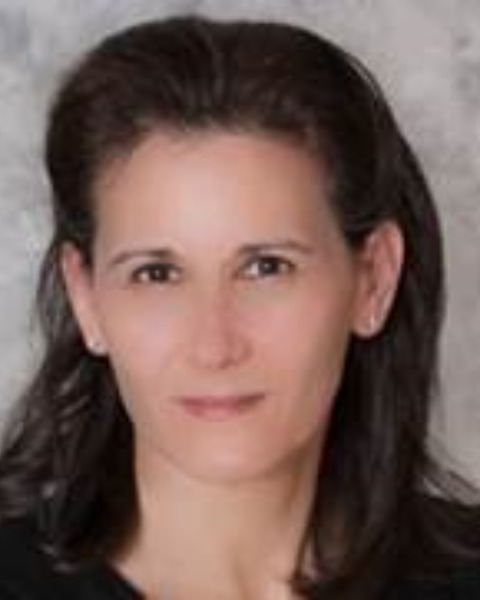
Patricia A. Dorn, PhD
Director, Rehabilitation Research and Development Service
Department of Veterans Affairs
Washington, District of Columbia, United States -
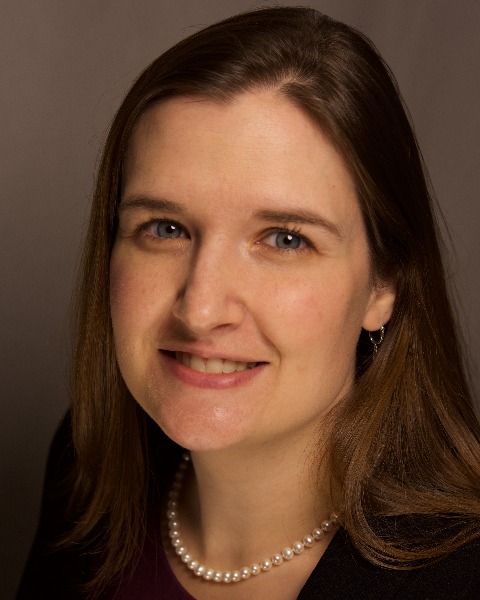
Theresa Hayes Cruz, PhD
Director, National Center for Medical Rehabilitation Research
Eunice Kennedy Shriver National Institute of Child Health and Human Development, National Institutes of Health -

Christopher T. Steele, CDR
Director, Military Operational Medicine
Research Program
USARMY MEDCOM USAMRMC (USA) -
.jpg)
Anjali J. Forber-Pratt, PhD
Director
National Institute on Disability, Independent Living and Rehabilitation Research (NIDILRR)
Join the leadership of the federal agencies and the Patient-Centered Outcomes Research Institute who fund rehabilitation research for an overview of their programs, funding opportunities, and special initiatives. Learn about resources that can support research initiatives in various conditions. Discover training opportunities, fellowship awards, and other resources to help early career investigators begin their research career. Get an inside look at the collaborative efforts between the agencies and give your feedback on where additional collaboration can spur the science supporting rehabilitation efforts across multiple disciplines.
Learning Objectives:
- Understand the different missions and funding priorities of the respective federal agencies involved in funding rehabilitation research.
- Describe funding opportunities in areas relevant to their areas of research
- Recognize the methods by which funding agencies collaborate to advance scientific discoveries related to rehabilitation.
.jpg)
